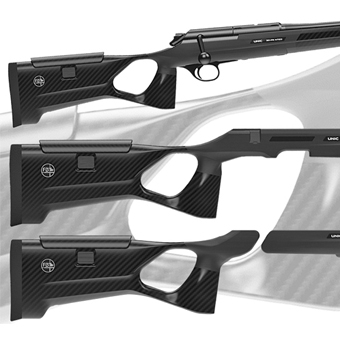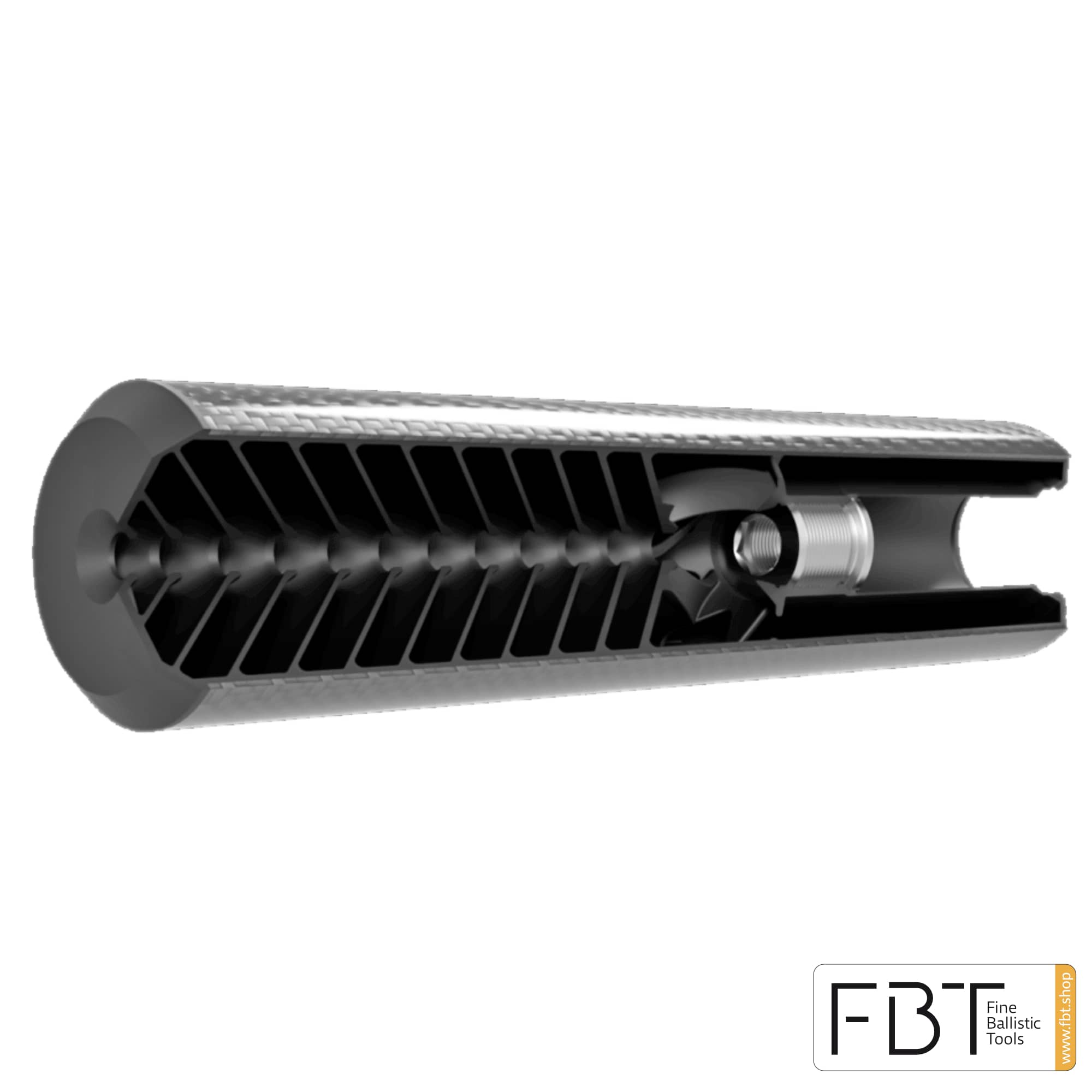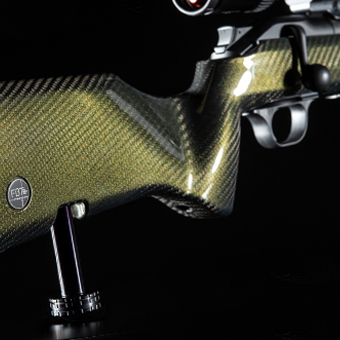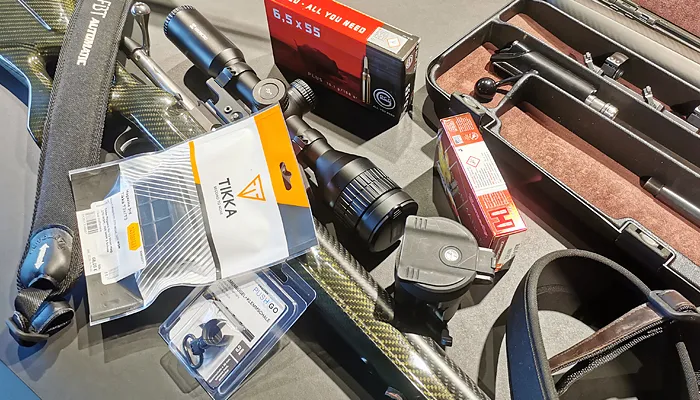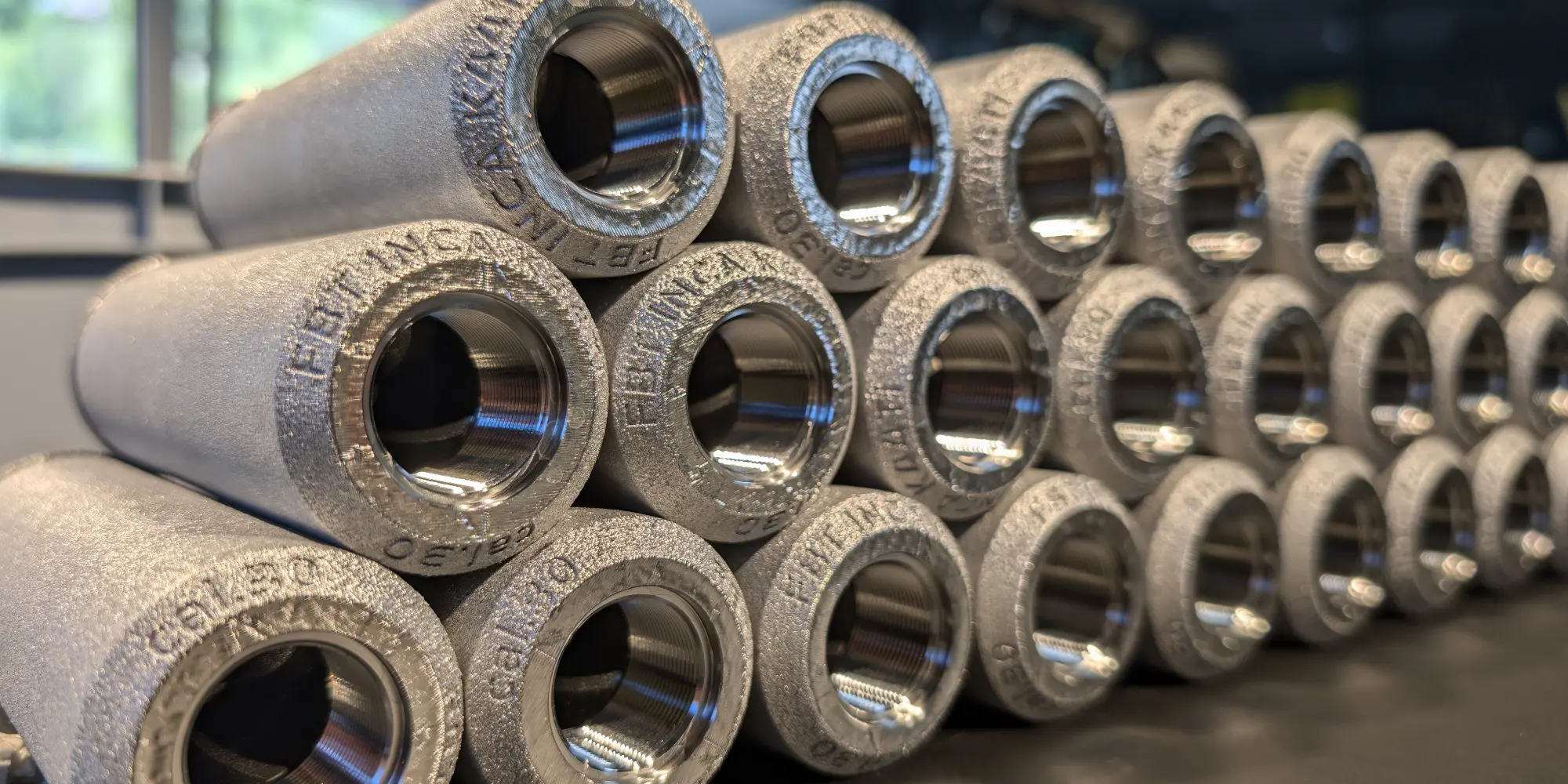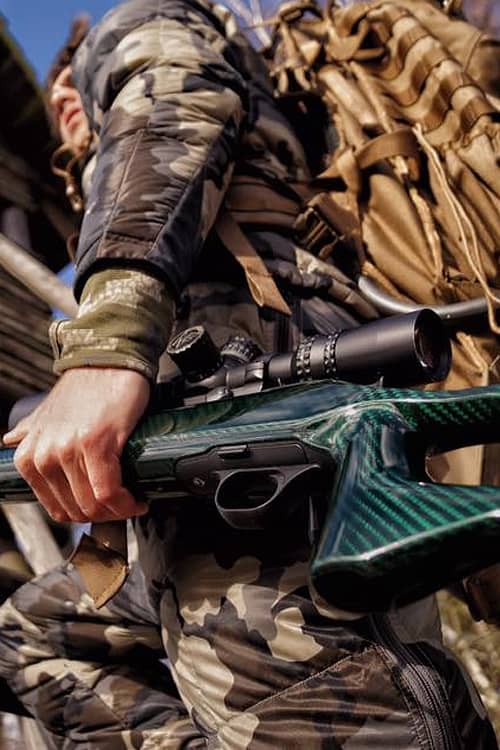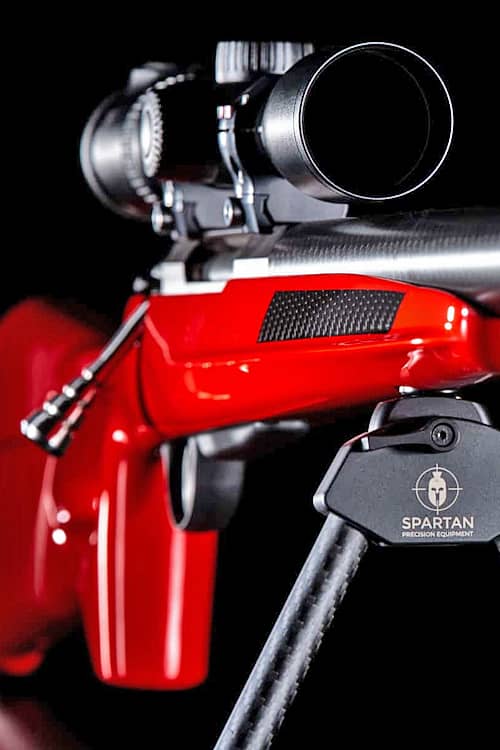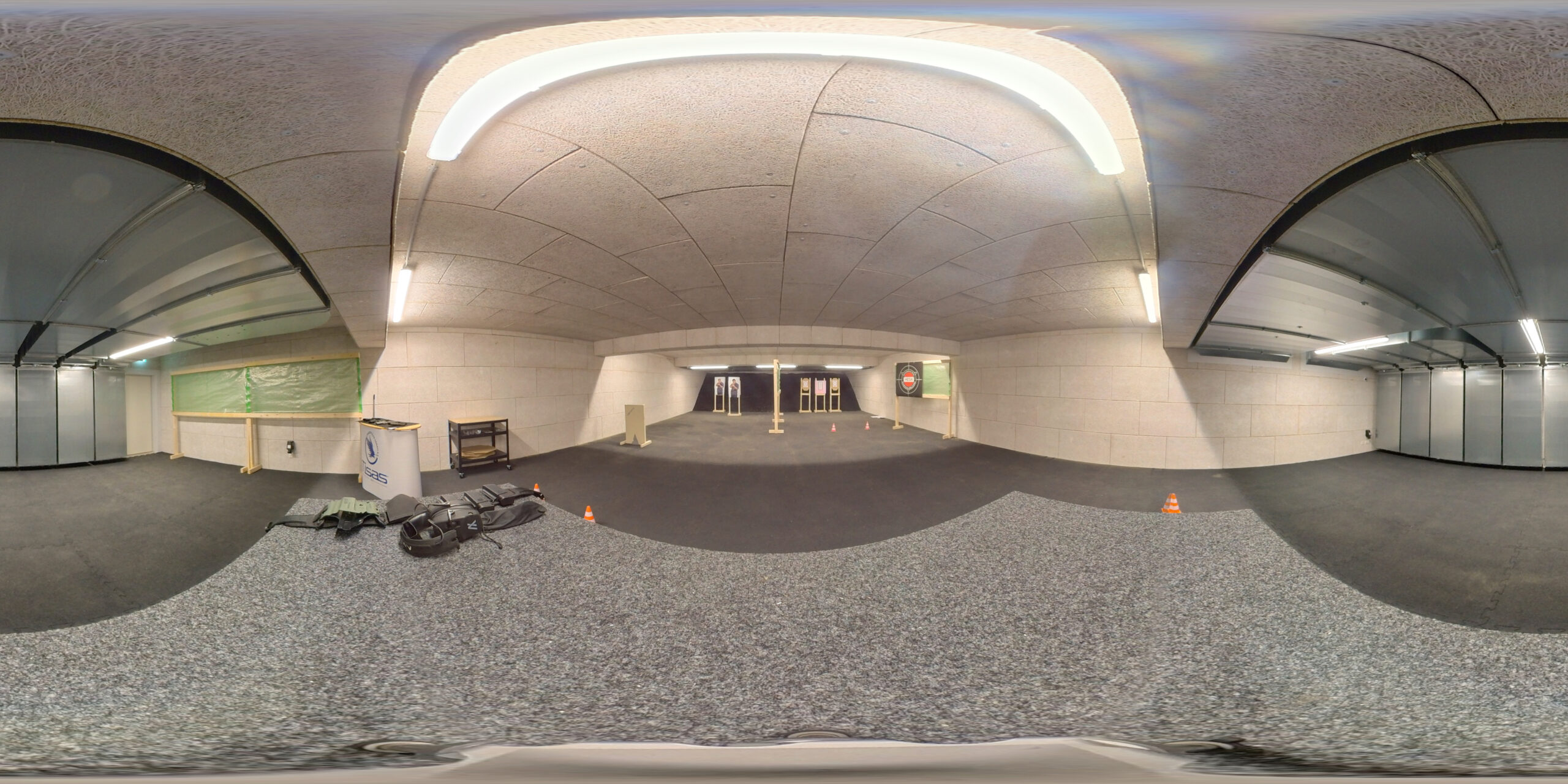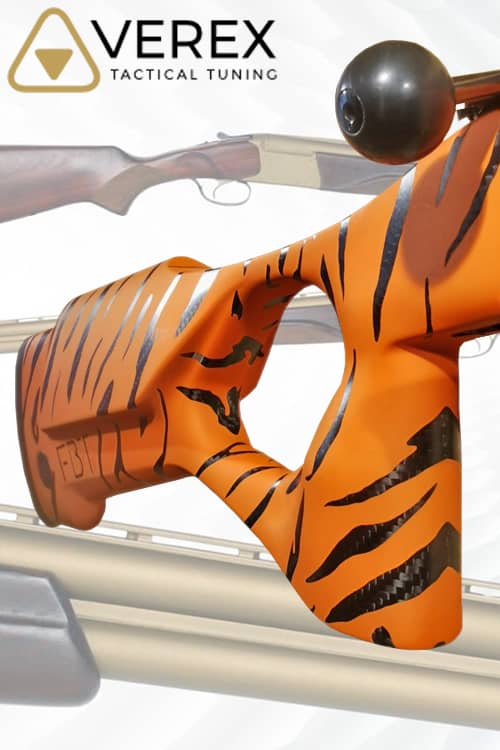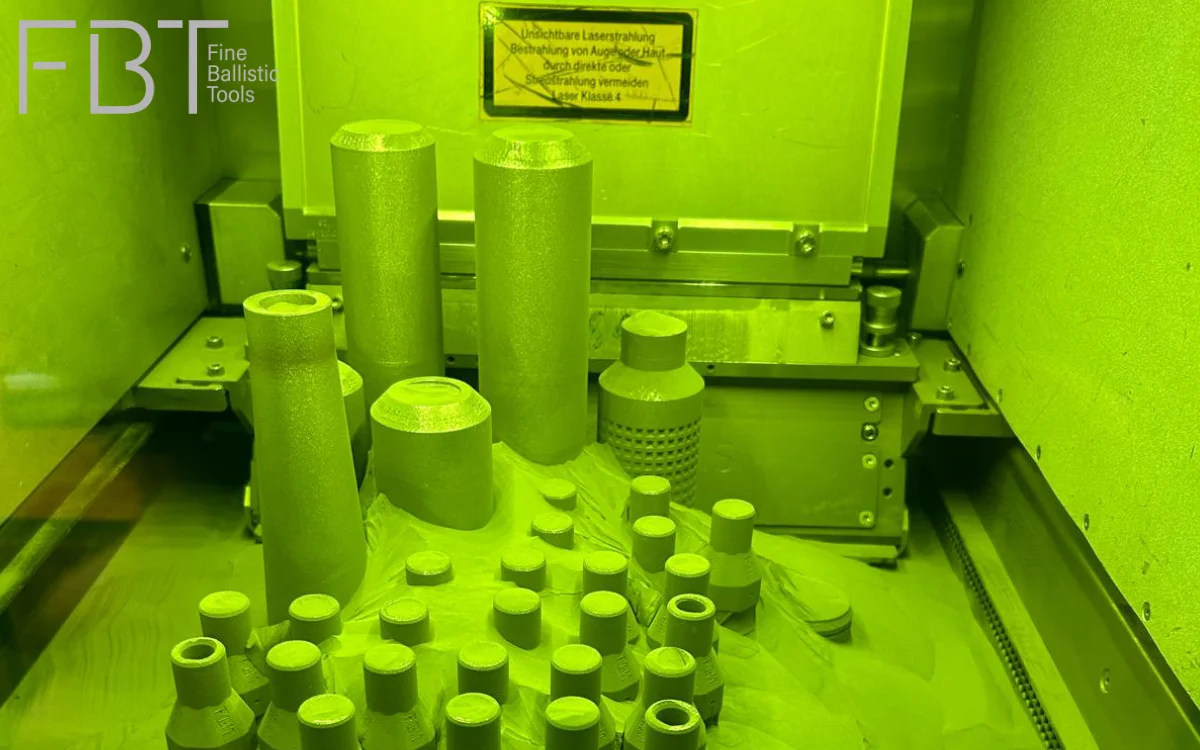Titanium as a material for weapon silencers: an ideal and perfect material with 3D printing potential
Gun silencers are essential components in shooting technology, which are primarily used for noise protection, recoil compensation and muzzle flash reduction. The choice of material is of crucial importance, as it directly influences the performance, durability and manageability of the silencer.
In recent years Titanium turned out to be the ideal material for the manufacture of weapon silencers. The introduction of the 3D printing technology (additive manufacturing) also opens up new possibilities for producing complex silencer designs that could not be realised using traditional manufacturing methods.
Why is titanium the perfect material for gun silencers?
1. lightweight construction
One of the most outstanding features of titanium is its High strength combined with low weight. Compared to conventional materials such as steel or aluminium, titanium offers similar strength but weighs significantly less. Specifically, titanium has a Density of 4.51 g/cm³while steel weighs around 7.85 g/cm³.
This means that silencers made of titanium are almost 40 % lighter than those made of steel. This weight reduction is crucial as it improves the handling of the weapon and increases the shooter's manoeuvrability.
Shooters, hunters and military personnel prefer lighter weapons as they cause less fatigue and make it easier to acquire the target. Carrying a lightweight weapon is particularly important on long-distance hunting trips.
2. high corrosion resistance
Titanium is known for its Exceptional corrosion resistance. The surface of titanium forms a natural Oxide layer (TiO₂)which protects the material against environmental influences. This makes the material particularly resistant to Moisture, salt air and aggressive chemicals.
This property is particularly advantageous for silencers, as they are often used in harsh conditions. Hunters use weapons outdoors in all weathers, and military silencers are also often used in damp or salty environments. Titanium silencers do not rust, which significantly extends their service life and minimises the need for costly maintenance.
3. high temperature resistance
Extreme temperatures are generated when a firearm is fired. This heat is absorbed by the barrel and the silencer. Conventional materials such as aluminium deform or lose strength at high temperatures. Titanium withstands temperatures of over 600°C without any significant impairment of its strength or dimensional stability.
A weapon silencer made of titanium can therefore also be used with intensive continuous fire retain its properties. Even with automatic weapons, where heat development is high, titanium remains stable, whereas other materials such as aluminium or steel tend to Scaling (formation of oxide layers) tend.
4. noise-damping properties
A gun silencer is designed to reduce the volume of gunfire by reducing the pressure and speed of the escaping gases. Titanium is ideal for this purpose due to its physical properties. The material enables the production of Thin, yet stable partitions and chambers inside the silencer, which distribute the gases better and thus dampen the noise development.
5. durability and wear resistance
In contrast to aluminium or steel, titanium does not tend to Material fatigue. This makes it ideal for applications where the components are exposed to repeated stress and vibrations - such as weapon silencers. Titanium is not brittle and has a high Fracture toughnesswhich means that it will not break or crack even after years of intensive use.
The role of 3D printing technology
The modern additive manufacturing (also 3D printing ) is revolutionising the manufacture of weapon silencers. Particularly with materials such as titanium, which are difficult to machine, 3D printing makes it possible to produce complex geometric shapesthat would not be possible with conventional manufacturing processes (e.g. milling or turning).
1. production of complex internal structures
Inside a silencer there are chambers, baffle plates and labyrinth systems that slow down the hot gases as they escape from the weapon. With 3D printing technologies such as selective laser melting (SLM) such complex structures can be produced in a single manufacturing step. Conventional machining methods are limited to simple geometries. Thanks to 3D printing technology, however, complicated Microstructures that ensure maximum noise attenuation.
2. efficiency in production
Additive manufacturing reduces material consumption as only the required material is applied layer by layer. Conventional manufacturing methods such as milling or turning titanium require solid blocks from which material is removed (subtractive manufacturing). Through the 3D printing saves titanium materialwhich makes economic sense, especially with expensive materials such as titanium.
3. design flexibility
3D printing allows designers and engineers to create silencers with customised designs to develop. Customised designs for hunters, sport shooters or military applications can be implemented more easily using 3D printing. Even Customised silencers with logos, texts or special surface structures are possible.
Summary
Titanium is the Ideal material for weapon silencersas he has a Exceptional combination of strength, corrosion resistance, temperature resistance and lightness offers. The introduction of the 3D printing technology in the production of silencers can Highly complex designs can be realised that would be impossible using conventional methods. Titanium silencers are lightweight, robust, durable and resistant to the elements.
Thanks to additive manufacturing, silencers can be produced precisely and in a resource-saving manner, which reduces manufacturing costs and material requirements. 3D printing opens up the possibility of building highly functional silencers with precise structures that lead to more efficient damping.
Advantages of titanium as a material for silencers summarised:
- Light weight (less than steel, but similar strength)
- Outstanding corrosion resistance (no risk of rust)
- High temperature resistance (resistant above 600°C)
- High strength and wear resistance (long service life)
- 3D printing enables the production of complex structures
Our conclusion on titanium silencers
Titanium is the perfect choice for weapon silencers due to its numerous advantageous properties. By using 3D printing, lighter, more powerful and customised silencers can be produced more efficiently and sustainably.
These technologies not only improve the functionality of the silencers, but also help to reduce noise pollution, protect the environment and promote the health of users. Titanium weapon silencers are therefore increasingly becoming the preferred choice for military, sporting and hunting applications.


